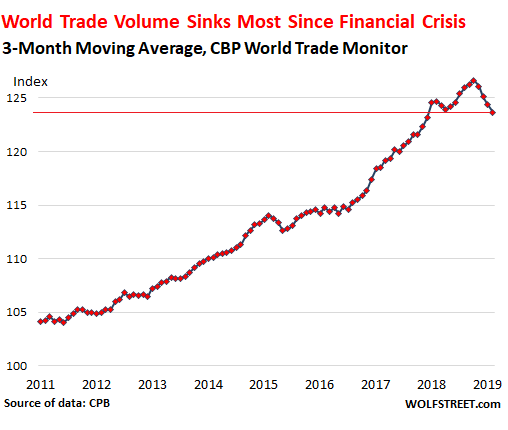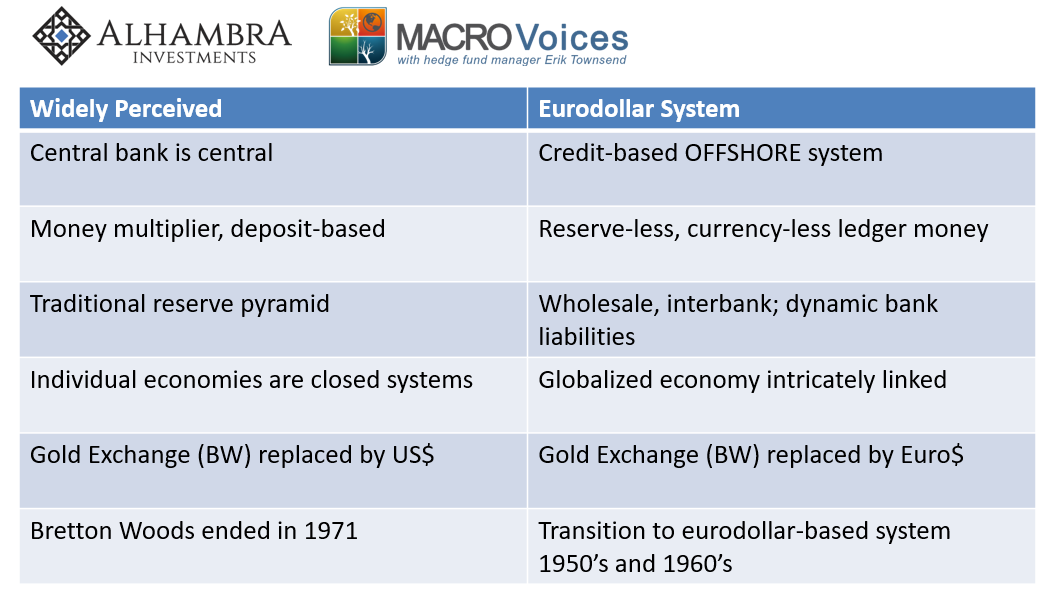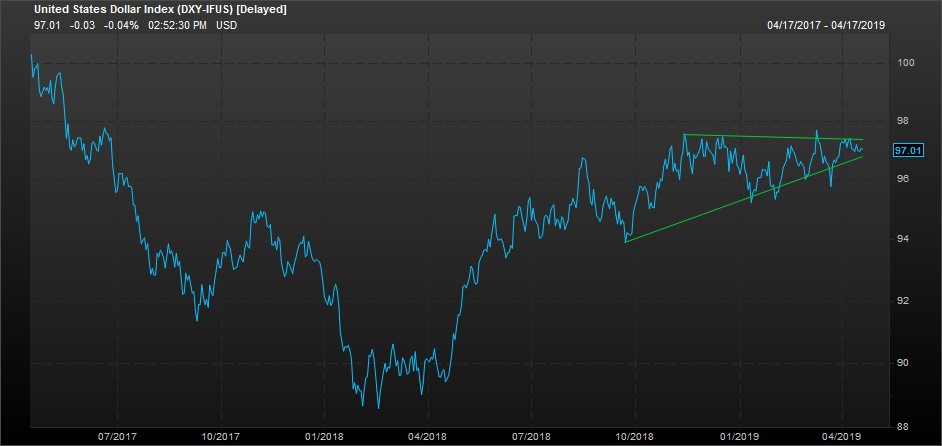Philip Grant writes for Almost Daily Grant…China’s Shanghai Composite fell by nearly 2% today, following a Friday statement from the politburo describing first quarter economic conditions as “generally stable and better than expected.” Of course, an abundance of new credit figures prominently in that better than expected start to 2019, as total new financing expanded by an amount equal to 9% of last year’s GDP, rivaling the full-year pace of 2009’s massive economic stimulus (Almost Daily Grant’s, April 12).
The politburo statement potentially
signifies that the burst of credit growth will be soon abating. Dai Ming, fund
manager at Hengsheng Asset Management Co., told Bloomberg that “people have
come to a clear consensus that there won’t be any aggressive stimulus that
floods the economy with excessive liquidity, indicating limited room for
valuation recovery.” Valuations have already been fattening. Even after
yesterday’s pullback, the Shanghai Composite has been the best performing stock
market in the world, up 29% year-to-date.
As Beijing hints that it may tap the
monetary brakes, China’s corporate sector races to raise cash. Bloomberg
relays today that since January, nine companies have announced plans to issue
rights offerings totaling RMB 40.5 billion ($6 billion), more than double the
full-year 2018 figure. Anne Stevenson-Yang of J Capital Research concurs,
noting in a report today that 200 Chinese firms have conducted initial public
offerings across the local A-share, Hong Kong and U.S. markets over the past 12
months, as companies look “to grab everything that is not nailed down.”
Stevenson-Yang cautions that financial shenanigans are particularly prevalent
among this cash-raising cohort:
Investors know well—or should
know—that fraud is thick on the IPO playing grounds in China, and the
incentives to generate nosebleed valuations by fraudulent means are core to the
playbook. After all, there are no penalties in China for committing securities
fraud in the U.S., where Chinese authorities believe U.S. regulators should
look out for their own.
As we recently reported, three
insiders at UXIN Ltd., an online dealer and financier of used cars that listed
in the U.S. at the end of June last year, managed to take home around $450
million in cash before lock-up had even expired. Listing in an overseas market.
. . is the lowest-risk way known to man of robbing a bank.
Among the tricks
employed by Chinese IPO candidates to achieve more favorable valuations:
Making up profits and, then, overstating capital expenditures to explain away
the lack of cash on the balance sheet, generating revenues by selling products
below cost (i.e. the Uber model) and using up-front fees generated from a
franchise network business model to goose gross revenues on a one-time
basis.







